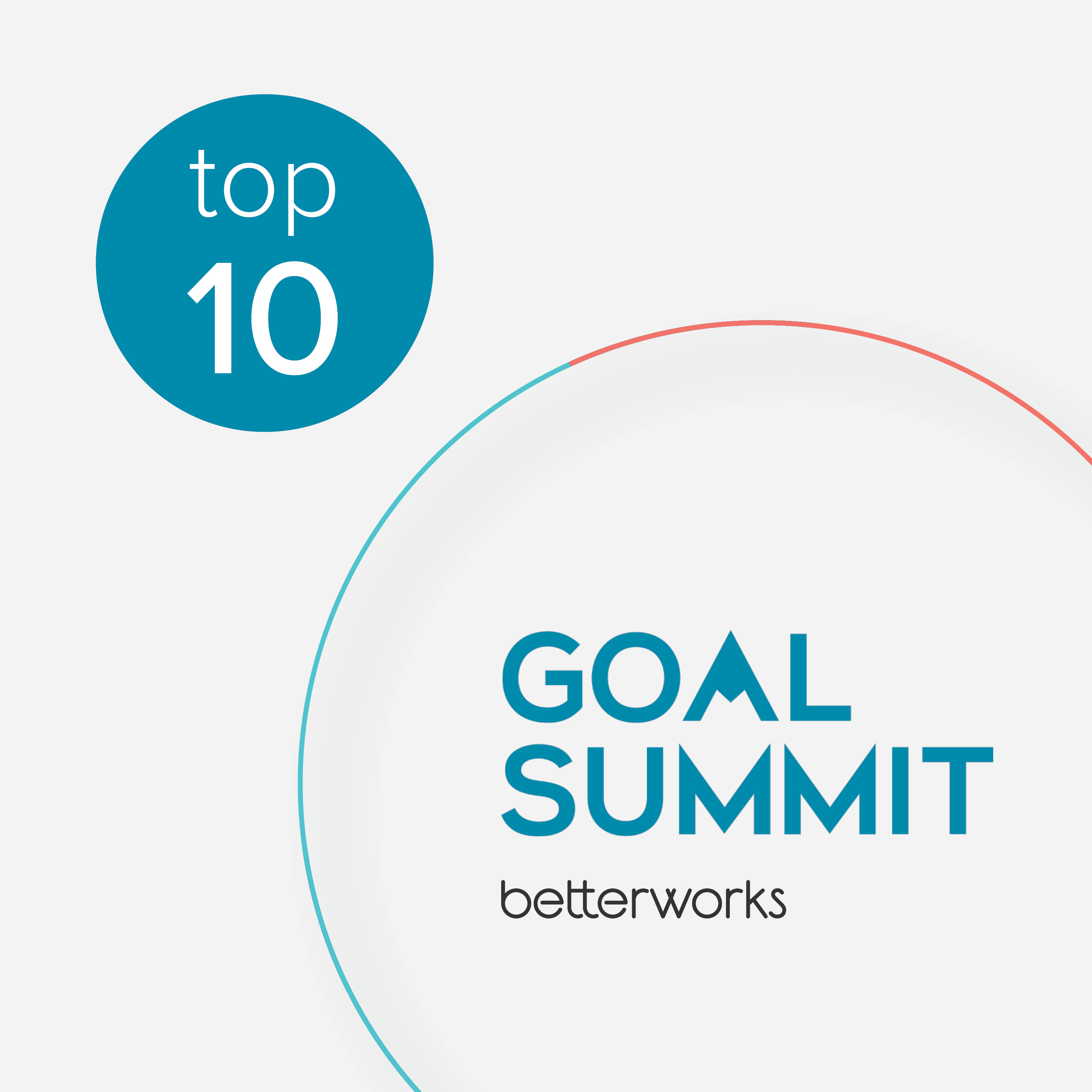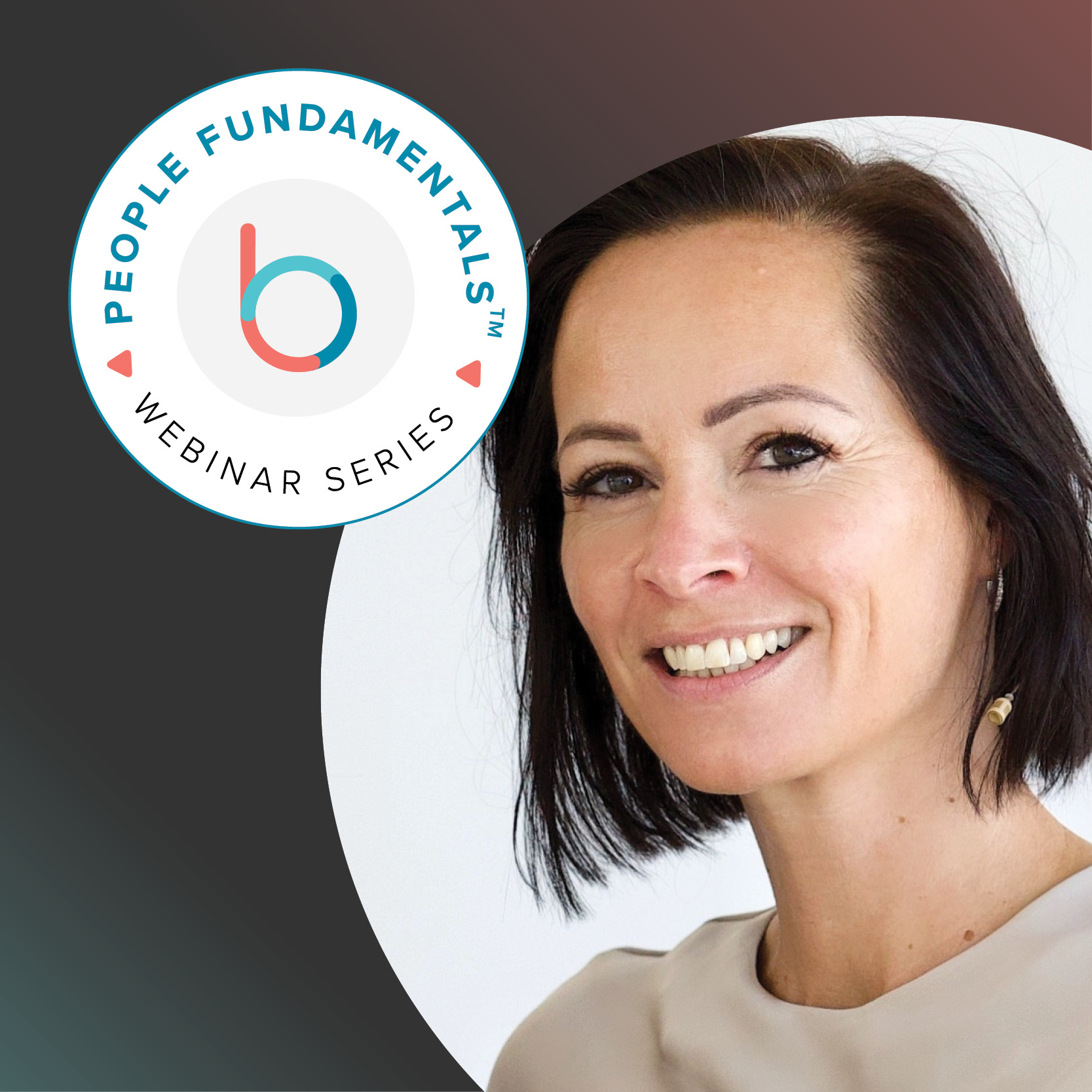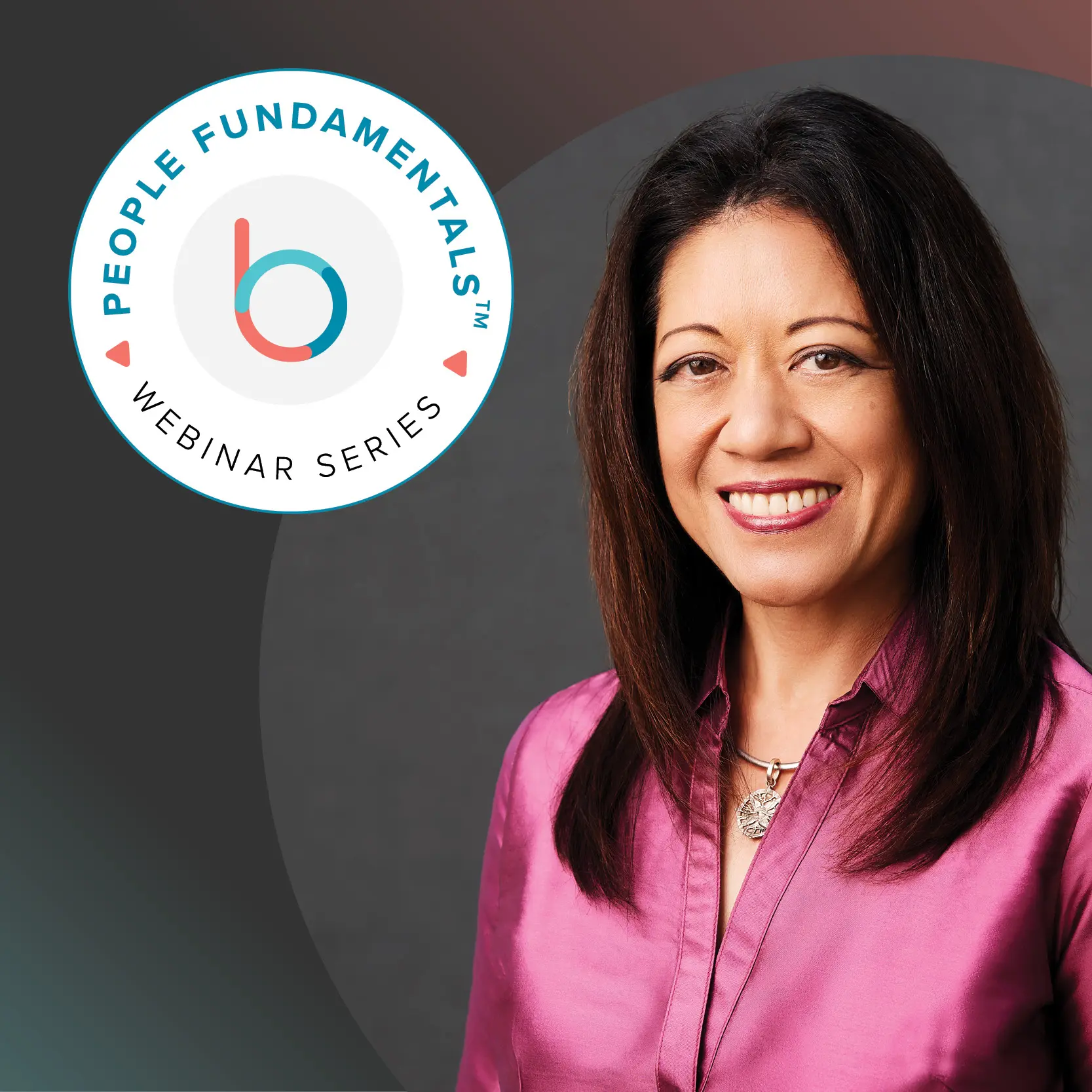Betterworks hosted our first full-day, virtual Goal Summit conference in December 2020 for senior leaders looking to transform their organizations through results-driven goals. The event brought together hundreds of innovative voices across business organization and human capital roles to bridge the gap that often exists between people, strategy, and execution.
Doug Dennerline, CEO of Betterworks, hosted an inspiring deep-dive into identifying proper tools and methods to execute strategy, how to create and align goals that feed into executive results, and how CEO’s and HR leaders can work in tandem to change the game and come out on top.
The community of leaders and executives that joined us had the opportunity to ask Betterworks questions about strategy, execution, and talent. We’ve compiled our top 10 questions and answers from the Betterworks Goal Summit 2020.
How do you motivate delivery of OKRs without the association of traditional incentives (merit increase, bonus, etc.)?
The OKR methodology is rooted in the why: people need and respond to meaning. Understanding how goals relate to the broader goals or mission of a company encourages intrinsic motivation. Decoupling goal-setting from compensation eliminates damaging incentives: from people setting low targets they know they can hit to defrauding companies for the sake of hitting quotas.
OKRs are a way to align you to the organizational mission and this helps you find intrinsic motivation. For example, if the objective is to close a new business, a key result could track the quality of revenue, which depend on the verticals you want to target, size of the organization, etc.
In other words, OKRs are designed like experiments—we control certain variables as we test a hypothesis, yet we don’t know exactly how they will work together. Similar to how experiments allow scientists to explore, test, and remain creative without fear of winning or losing, OKRs are set up to promote innovation and engagement.
What is the most important ingredient for company-wide OKR adoption? I’m a mid-level IT leader who truly believes in the OKR process and has adopted it across my organization with reasonable success. The leadership team at my company, however, does not believe OKRs have the transformative power to get alignment across the organization. What should I do to bring them onboard?
The most difficult step for many organizations is committing to the OKR process. Instead of trying to win over the entire leadership team, try to find one individual on the team who is at least open to hearing more. The good news is you already have in-house examples of success using OKRs that you can present—and you understand the purpose and the execution. Convincing one member of leadership to try OKRs is one way to gaining access to full executive sponsorship. In addition to executive sponsorship, see if it’s possible to tap into the network of OKR adopters to talk about their experience and further help you provide evidence to its efficacy.
Patience is a key to OKRs as well. Implementing a technology platform to measure engagement can help you make your case for the long-term and formalize the OKR adoption process.
How can Engineers use OKRs if they work primarily in JIRA?
Engineers can still benefit from OKRs even if they track their work in JIRA. Engineers will most likely have goals which are process-oriented or cultural that aren’t housed within JIRA. Additionally, OKRs connect with the company as a whole. Most individuals with non-technical roles won’t understand everything within JIRA, so it’s helpful to use a format like OKRs which summarize and clearly communicate objectives that the entire company can understand.
How do you structure efficient check-in meetings?
The most efficient check-in meetings have a prepared, succinct agenda. Outlining the topics and structure of the meeting and sharing that in advance saves time and energy—both parties come into the check-in prepared. There’s no need to go over OKRs at every check-in meeting. You should only address OKRs if something has changed that nullifies or alters the goal or if you believe the individual contributor is experiencing issues with reaching their goal.
Can everyone in an organization have OKRs?
Yes! OKRs are flexible based on your program needs and what certain departments are looking for in terms of goal-setting. But anyone in an organization, regardless of role, can utilize and benefit from OKRs.
How do you manage OKRs with a team that’s going through a lot of changes (e.g. new leadership, new structure, new processes)?
OKRs can be an incredibly useful tool in environments of great change for teams (new structure) or company-wide (acquisition). They provide the foundation to work with clarity of purpose and visibility into urgent priorities. Betterworks platform has also designed specific OKRs related to fundamental changes that leaders and individual contributors can use or model their goals from right away.
How do you balance staff participation with developing OKRs?
Participation from the entire company is crucial to OKRs. You can start by setting certain number of OKRs required by individual contributors. For managers building out OKRs with their teams, encourage them to schedule 1:1 conversations where individual contributors suggest their own OKRs before the manager provides input. The more encouragement for individuals and teams to own their goals, the more empowered they will be to work toward them.
What’s the right level of executive engagement for OKRs? How can a company ensure executives are focused on top-level OKRs and communicate them regularly to the rest of the organization, particularly after an initial announcement?
Executives have to model the behavior they expect to see. This is true with adopting and working toward OKRs. Create a calendar of key OKR events and company-wide meetings. Ask different executives to sponsor or host these visible events to publicly update the company on the collective progress. Accountability and visibility go a long way.
Should you take OKRs all the way to the individual-level or should they remain at the team-level?
We encourage taking your OKRs beyond the team-level to individual contributors as well. OKR ownership and contribution at the individual-level helps everyone in an organization think like leaders and go through the extremely valuable process of prioritizing their objectives, working toward a greater mission, and communicating in a deeper sense with their teams every quarter.
Are activity-based key results a mistake? There seems to be differing points-of-view on needing to include numbers and percentages in your key results. If a key result is activity-based, but means your objective is achieved, is that a reasonable key result?
OKRs are meant to reduce noise and increase focus. Adding activity tracking can increase noise in the system. You can track high level deliverables as project based key results. It can be useful, depending on the circumstance, to have project-based key results that track larger milestones.







